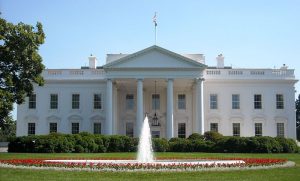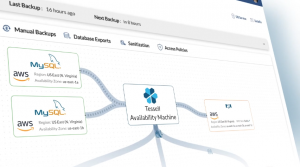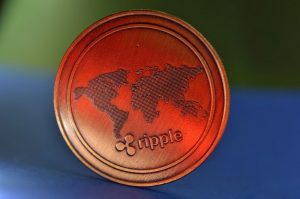How to Recover 254 MHz of Radio Spectrum
Wireless technologies and available radio spectrum are a crucial component of our national broadband plan, and it is critical that we can find 300-500 MHz of spectrum between the 300 to 3700 MHz frequency bands. That requires getting existing spectrum users to be more efficient and give up some of the currently wasted bandwidth, and one of the biggest occupants of bandwidth in the most valuable spectrum space is broadcast television. Broadcast TV occupies 294 MHz of spectrum and much of that is wasted on inefficient radio architectures and video compression technologies. Using the latest technology, we could easily squeeze broadcast television down to 40 MHz and save 254 MHz of spectrum and still broadcast 12 HD channels and 60 standard channels.
Half of that spectrum in broadcast TV is wasted on older MPEG-2 video compression technology, and the former head of the National Broadband Plan Blair Levin has advocated a migration to MPEG-4 AVC (AKA H.264) so that broadcasters can send the same amount of video with the same perceptible quality using half the radio spectrum.
In addition to the compression optimizations, we can again double our spectral efficiency if we got rid of the whitespace waste stemming from an inefficient radio architecture. Whitespaces can be eliminated if we switched to a single frequency network where all the broadcast towers use the same frequency, but the current ATSC standard used by American broadcast TV uses 8VSB modulation which is not optimized for single frequency networks (SFN). We would need to switch to OFDM radio modulation (like the international DVB-T standard) to use SFN architecture. That would require changing out transmitter and receiver equipment, but we can do this when we upgrade to MPEG-4 AVC so that we only need a single transition.
We can go further and eliminate guard band waste if we consolidated the broadcast stations to a single 40 MHz channel. Consolidating the transmit towers and other equipment can save on upgrade and facilities costs which can be paid for through spectrum auctions. 40 MHz of spectrum without even using aggressive encoding techniques can yield 120 Mbps of usable payload capacity, and more aggressive encoding along with multi-radio solutions that use MIMO could double or quadruple usable bandwidth. But even with “only” 120 Mbps of capacity, that would allow for 12 HD 1080P channels each consuming 5 Mbps, and another 60 standard definition 480P channels each consuming 1 Mbps.
By comparison, Hulu.com only allocates 0.5 Mbps for their 480P video streams. If these bitrates are good enough for the Internet – a service people pay for – it is more than generous for free over-the-air broadcasts. If we matched Hulu in quality, we could broadcast 120 standard definition channels using 60 Mbsps of capacity in addition to the 12 HD 1080P channels or we could do the following breakdown:
- 12 1080P channels – 5 Mbps
- 20 720P channels – 1.5 Mbps
- 60 480P channels – 0.5 Mbps
The programs that garner the highest ratings and most viewers should be allocated the most broadcasting capacity because it fairly allocates capacity in response to demand. This is more than enough to divvy up between the TV broadcasters and the broadcasters will remain “broadcasters” so that they can sustain their “must carry” status which is their financial bread and butter.
All of this of course requires another transition similar to the DTV transition we just completed in 2009, but it must be done if we want the smooth deployment of the national broadband plan. If we need to issue another 3 million coupons to low-income households to ease the transition, it’s a very small cost compared to the revenues raised by the spectrum auctions. The solutions proposed here aren’t entirely painless, but we must avoid half-way solutions that don’t free up much spectrum and require more costly transitions soon after. Real solutions call for some real changes.
[Cross-posted at Digital Society]
A message from John Furrier, co-founder of SiliconANGLE:
Your vote of support is important to us and it helps us keep the content FREE.
One click below supports our mission to provide free, deep, and relevant content.
Join our community on YouTube
Join the community that includes more than 15,000 #CubeAlumni experts, including Amazon.com CEO Andy Jassy, Dell Technologies founder and CEO Michael Dell, Intel CEO Pat Gelsinger, and many more luminaries and experts.
THANK YOU














